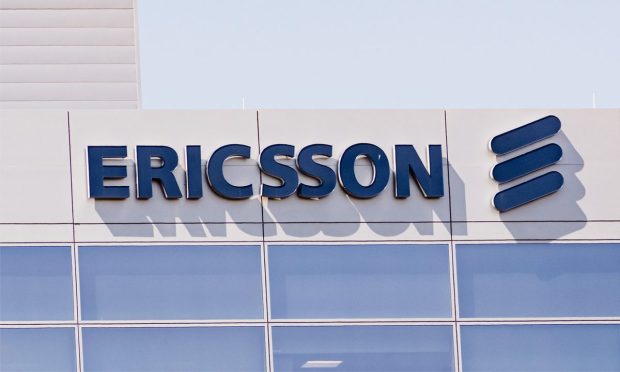Ericsson CEO: Extended Reality, APIs Will Drive 5G Growth ‘For Years’

Extended reality (XR) and application programming interfaces (APIs) will be among the uses driving demand for 5G infrastructure and capacity for years to come, Ericsson executives said Thursday (July 14) during the company’s quarterly earnings call.
“With 5G, anything that can go wireless will go wireless,” Ericsson President and CEO Börje Ekholm said. “This puts Ericsson in a very good position as 5G is rolled out and transforms every sector of the society.”
During the quarter, Ericsson saw organic sales growth of 5%, driven by strong 5G momentum in North America and Europe.
5G Is Addressing ‘So Much More’
While 4G has been largely focused on the consumer, 5G has an equal focus on enterprises, Ekholm said, adding that XR — which encompasses augmented reality (AR), virtual reality (VR) and mixed reality (MR) — will be one of the drivers of traffic growth that will, in turn, boost demand for components from Ericsson.
“We see, from a longer-term perspective, that 5G will be both having a higher peak than any of the preceding wireless generations but it will also last longer because it addresses so much more,” Ekholm said.
During the quarter, Ericsson introduced a new group structure that includes two new segments. One aims to capitalize on the convergence of cloud software and services, while the other includes a global network platform used for application programming interfaces (APIs).
“The global development community can therefore start to innovate on top of the network and really leverage all the capabilities of the network,” Ekholm said. “This will be very important in establishing 5G as the strongest innovation platform history has ever seen.”
Giving the User Experience That Matters
While 5G is by far the fastest scaling mobile technology ever, global penetration is still in an early phase, Ekholm said. The penetration of mid-band 5G — which has faster speeds and greater capacity and is “the 5G that actually gives the user experience that matters,” Ekholm said — is still at less than 25% of sites in Europe and the U.S.
The global 5G build-out will be larger and will continue longer than the previous mobile generations and will be driven by new use cases for consumers, enterprises and governments, Ekholm said.
“I think we actually underestimate the new types of applications we’re going to see,” Ekholm said. “They may not come 2022 or 2023 but they’re going to come 2024, 2025. That will require densification of the 5G network to these new types of use cases.”
Eliminating Supply-Chain Risk
Like all companies in all industries, Ericsson is facing the challenging global supply chain situation and significant inflationary pressures that affect components, transportation and wages.
“We’re investing and we have been investing, actually dating back several years, to de-risk our supply chain to build resiliency,” Ekholm said. “This has included creating a more flexible manufacturing footprint, but we have also invested in building buffer inventories.”
While a larger inventory incurs extra costs, it’s also a key driver of the company’s ability to expand its footprint. Ekholm said that from a long-term perspective, lost sales cost more than carrying extra inventory for a few quarters, so the company is investing in the future.
“We see that 5G will be such a central piece of society going forward to drive digitalization that it will have to be built out longer and more dense than we’ve seen in the past,” Ekholm said. “We’re believing in that future. We’re also going to invest accordingly.”
For all PYMNTS EMEA coverage, subscribe to the daily EMEA Newsletter.
